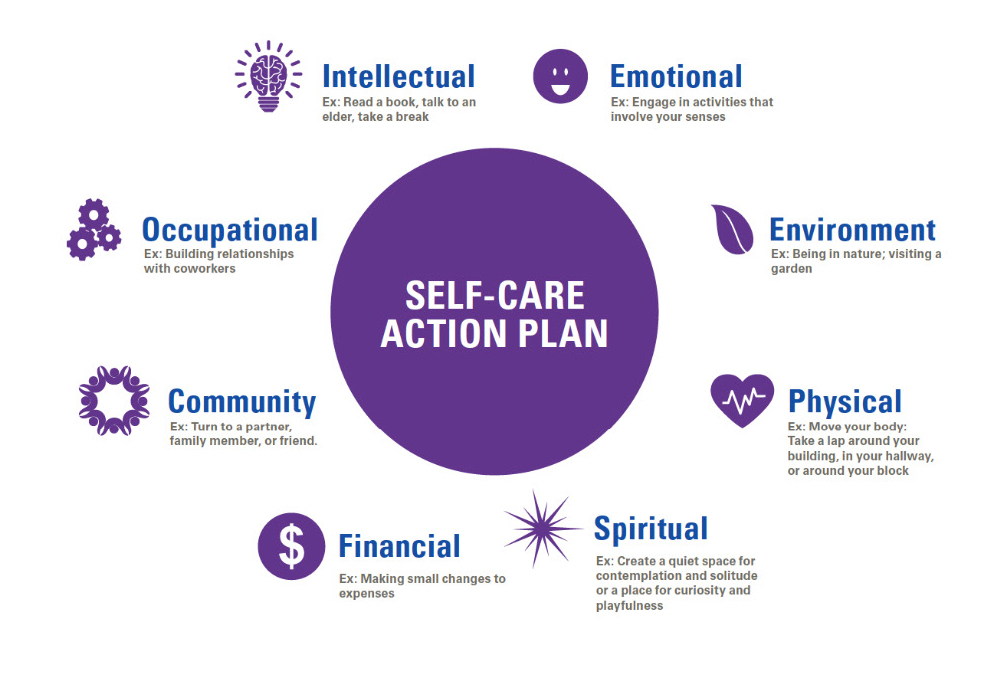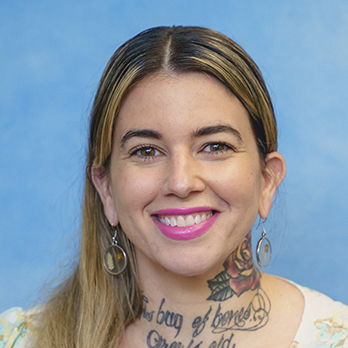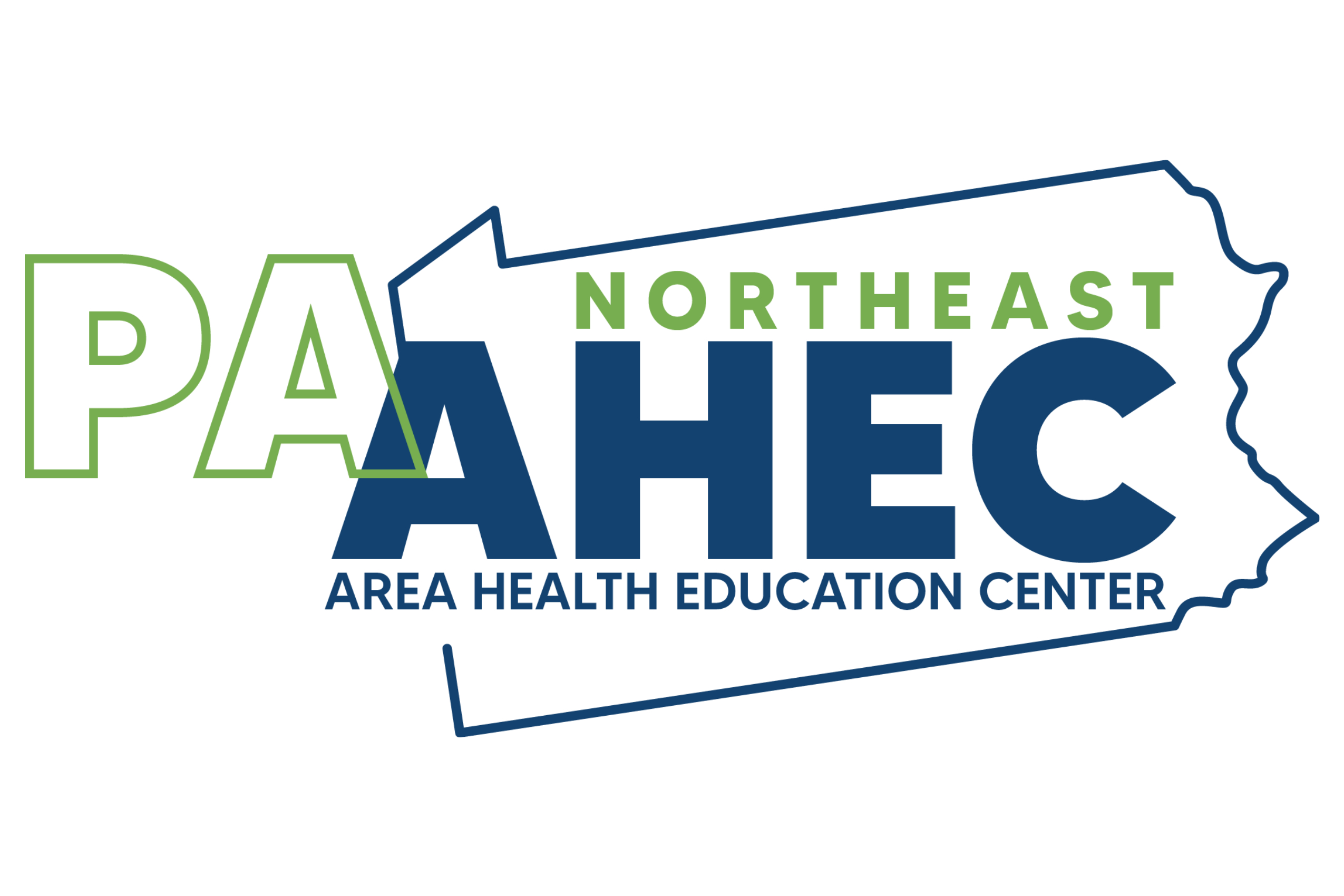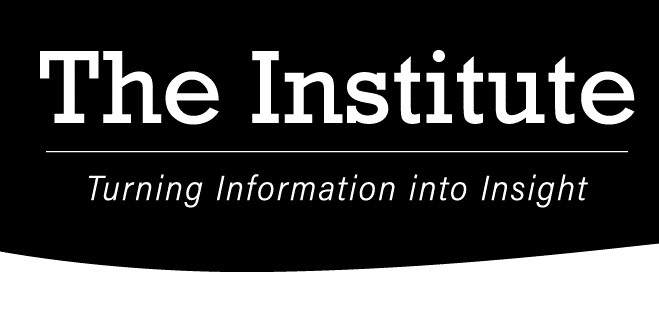Link between wellness and DEI

Wellness is a conscious, self-directed, and evolving process of achieving one’s full potential, according to the National Wellness Institute.
Wellness is multi-dimensional, as it encompasses far more than engaging in physical activity or eating healthy foods. It is health care for marginalized communities; it creates safe and sacred spaces for those who face discrimination and hate; it raises awareness and accessibility for those living with disabilities; and it embraces a world where we value, celebrate, and support each and every one of our unique experiences and backgrounds.
Consider the following “eight dimensions of wellness,” as promoted by the federal Substance Abuse and Mental Health Services Administration and others.
- Intellectual: Recognizing one’s creative, stimulating mental activities.
- Physical: Mindful movement and activity, nutrition, intuitive eating, and acknowledging changes in the physical body.
- Emotional: Awareness and acceptance of feelings and emotions.
- Social: Contribution to one’s environment and community.
- Occupational: Satisfaction and enrichment in one’s life through work.
- Spiritual: Our search for meaning and purpose in life.
- Financial: Feeling safe and paying attention to one’s current and future finances.
- Environmental: Caring for our environment and the space in which we live.
Each dimension of wellness is interconnected and can contribute to a healthier lifestyle. For instance, if we can become more in tune with our emotions and embrace all feelings, this can deepen our spirituality, as well as influence our social health.
So, what is the correlation between these dimensions and diversity, equity, and inclusion (DEI)?
- Did you know that 82% of transgender individuals have considered killing themselves, and 40% have attempted suicide, with suicidality highest among transgender youth, according to The National Library of Medicine.
- Many individuals in the LGBTQIA+ community face worse health outcomes due to struggling in silence. According to the National Alliance on Mental Illness, high school students who identify as lesbian, gay, or bisexual are more than four times as likely to have attempted suicide as their heterosexual peers.
- Adults with disabilities report experiencing frequent mental distress almost five times as often as adults without disabilities, according to the U.S. Centers for Disease Control and Prevention. Keep in mind this population encompasses a broad scale. Disabilities can be visible or invisible.
- According to the National Library of Medicine, 62% of Americans over the age of 65 have more than one chronic medical condition – such as cancer, cardiovascular disease, diabetes, and depression – and the prevalence of multiple chronic conditions is increasing.
- Among adults with any mental illness, Black (39%), Hispanic (36%), and Asian (25%) adults were less likely than white (52%) adults to receive mental health services as of 2021, according to the Kaiser Family Foundation.
These are only a few examples of how closely well-being and DEI are intertwined. When mental or physical health is drastically impacted, it is difficult to achieve one’s full potential. It can also be incredibly challenging to live and feel well.
How can we work to change this?
Inclusion equals a sense of belonging. It is supportive and welcoming of all individuals regardless of someone’s race, gender, age, disability, sexual orientation, and religion. If we feel heard and seen, we will begin to feel at home within ourselves, which can drastically impact our overall health and well-being.
Steps we can take to improve our wellness
(which in turn helps and influences others):
- Take a moment for yourself. It can be a breath or reengaging in a hobby or activity you enjoy doing.
- Spend time with supportive people to strengthen your social group.
- Join community groups and/or workshops. This gives us an opportunity to learn and create opportunities for growth and connection.
- Explore creativity: journal, paint, take a cooking class!
- Find movement and exercise that feels good for your body.
- Celebrate your unique perspective and your journey arriving there.
- Develop a self-care action plan (see below).
Take a moment to review the following self-care action plan. Working in the health care field, we often care for others extensively. How well do you take care of yourself?

Thanks,


Allison LaRussa, B.A., CPS, RYT
AVP, Health Humanities, Trauma-Informed Sanctuary Frameworks, and Diversity, Equity, and Inclusion
The Wright Centers for Community Health and Graduate Medical Education








